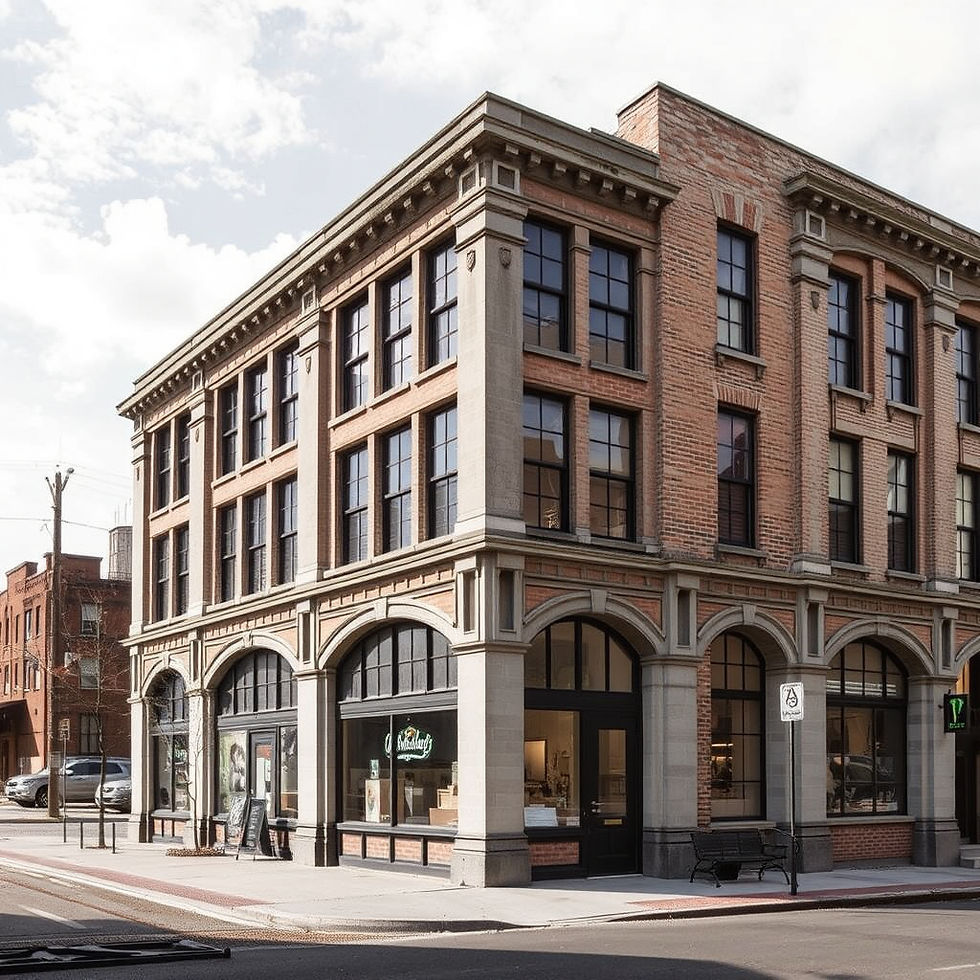Adaptive Reuse: Breathing New Life Into Italy's Historic Buildings
- Phase Zero
- 3 days ago
- 2 min read
In the heart of Milan, the iconic Odeon cinema has been transformed into a vibrant mixed-use experience center, blending retail, office spaces, and cultural venues under one historic roof. Across the country, similar transformations are reshaping Italy's architectural landscape. Adaptive reuse—the practice of repurposing historic buildings for contemporary functions—has emerged as one of the most compelling trends in Italian heritage restoration, and it's fundamentally changing how we think about preservation.
What is Adaptive Reuse?
Adaptive reuse is far more than simple renovation. It's a thoughtful reimagining of historic structures, giving them new purposes while honoring their architectural heritage. Rather than allowing magnificent buildings to deteriorate or demolishing them for new construction, adaptive reuse recognizes that the most sustainable building is one that already exists. By retrofitting these spaces with modern amenities and functions, we preserve cultural heritage while creating vibrant, functional spaces for contemporary life.

Why Italy is Leading the Way
Italy's abundance of historic architecture makes it uniquely positioned to pioneer adaptive reuse strategies. From Renaissance palaces to industrial warehouses, the country possesses an extraordinary inventory of buildings worthy of preservation. Recent projects demonstrate the creative possibilities: Rome's Mas warehouses have been transformed into educational spaces for the prestigious Accademia Costume & Moda, while countless villas and estates across Tuscany and Umbria are being reimagined as boutique hotels, cultural centers, and creative studios.
The 2025 Jubilee Year in Rome has accelerated this trend, with thousands of construction projects targeting both ancient monuments and urban infrastructure. This cultural event has catalyzed investment in heritage buildings, proving that preservation can be economically viable and socially valuable.
The Sustainability Advantage
From a design perspective, adaptive reuse represents the ultimate sustainable practice. Constructing new buildings requires vast quantities of raw materials, energy, and resources. By contrast, rehabilitating existing structures minimizes environmental impact while preserving embodied energy—the energy already invested in the building's construction. This approach aligns perfectly with contemporary sustainability goals and resonates with environmentally conscious clients.

Design Challenges and Opportunities
Integrating modern functionality into historic spaces requires sensitivity and expertise. Architects and designers must navigate preservation requirements while meeting contemporary needs for accessibility, energy efficiency, and comfort. Successful projects employ invisible structural reinforcements, carefully concealed mechanical systems, and thoughtful spatial planning that respects original architectural elements.
The key is balance: honoring the building's historical narrative while creating spaces that genuinely serve modern users. This might mean installing contemporary glass and steel elements that create visual contrast with original stonework, or incorporating energy-efficient systems that enhance rather than compromise the building's character.
The Future of Italian Heritage
As government renovation incentives continue to support heritage projects, and as clients increasingly value authenticity and sustainability, adaptive reuse will remain central to Italy's architectural future. For interior designers and architects, this trend presents extraordinary opportunities to create meaningful, culturally significant spaces that bridge past and present.
The message is clear: Italy's historic buildings are not relics to be preserved in amber, but living, breathing spaces ready for new chapters. Through thoughtful adaptive reuse, we ensure that these architectural treasures continue to enrich our lives for generations to come.



